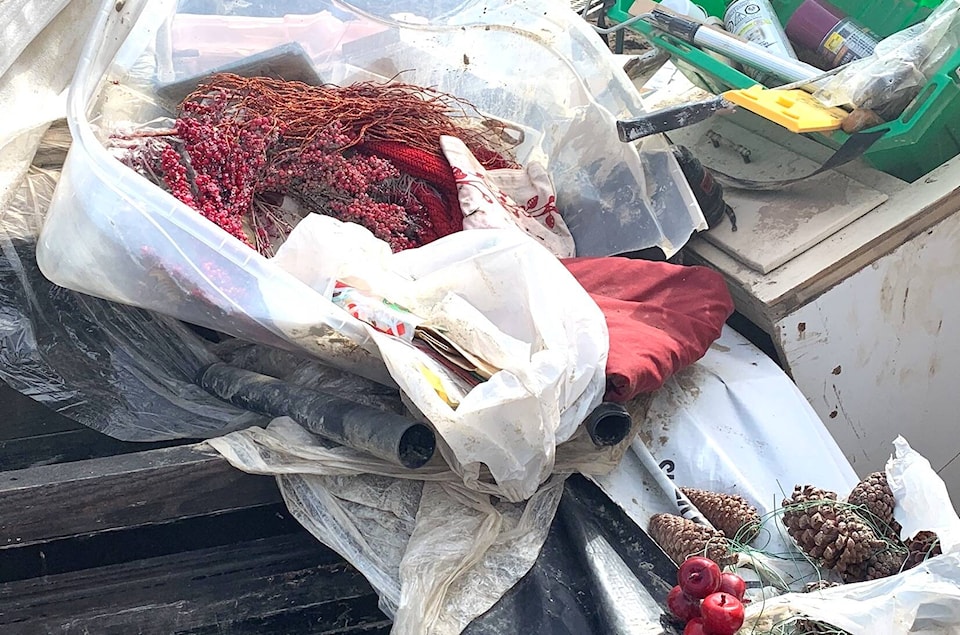Recently it was reported that visitor numbers in charming Princeton spiked significantly between December 2021 and February 2022.
The municipality’s economic development department credited this phenomena to the growing popularity of the bronze statue park, and there might be something in that.
The sculptures are lovely, a valid reason for turning off Highway 3.
However there’s another factor at play called ‘disaster tourism.’
Yeah. It’s a thing.
Those living in still river ravaged neighbourhoods notice this effect mostly on weekends.
Overheard at breakfast tables across the Okanagan: “What do you think honey? Do you want to hit the Penticton casino this afternoon, or should we drive to Princeton and look at the flooded people.”
There are different kinds of disaster tourism, also called ‘dark tourism.’
War tourism goes back to at least Crimea (1853-1856). Mark Twain travelled there. During the U.S. Civil War crowds flocked to famous battles like Bull Run and Gettysburg, to spectate and even picnic.
A Californian company, War Zone Tours, specializes in getting its clients front row tickets to present day conflicts.
That said, disaster tourism mostly is associated with history. Millions flock every year to sites of past tragedies, where they learn about events, reflect, and purchase key chains.
Time lends dignity to a curious nature.
That’s why no one thinks it unseemly that Pompeii, buried in a volcanic eruption in 79 AD, is part of a national park and one of the largest tourist draws in Italy.
For $125,000 you can descend the Atlantic Ocean 3.75 km to view the decaying wreck of Titanic, which sank in 1912.
Fun fact: there are 45 paid parking lots in the immediate vicinity of the grassy knoll in Dallas, Texas, where U.S. president John Kennedy was shot and killed in 1963.
And so on.
The situation is different though, when a disaster is fresh and emotions raw.
By all means come to Princeton if you must. Beggars can’t be choosers and hopefully the rubberneckers at least stop for lunch at a local eatery, or drop into one of our unique shops.
There is a car wash, and that will be important to anyone who doesn’t want to drive home in a vehicle covered with mud.
But take care. Stay out of the way of heavy equipment and workers, and try not to stare too hard at residents who’ve been traumatized and are digging in like troopers to rebuild their homes and lives.
We are not wax figures in a museum.
If it’s a warm day I take my laptop onto our second storey balcony and enjoy the sun. On occasion I’ve felt uncomfortably like the fat lady in the circus – on display.
My mind races, searching for ways to monetize the circumstances. Maybe we could sell tickets or print a commemorative brochure. We might auction off collections of debris; children’s toys, family pictures ruined in shattered frames, bits of dog houses and pieces of grandma’s favourite crockery. All proceeds to the Princeton Flood Relief Fund.
Finally, come back and truly visit sometime, when we’ve got things in better order.
The bronze statues are really worth seeing.
Andrea DeMeer is the publisher of the Similkameen Spotlight in Princeton.
Do you have something to add to this story, or something else we should report on? Email:andrea.demeer@similkameenspotlight.com
Like us on Facebook and follow us on Twitter.
